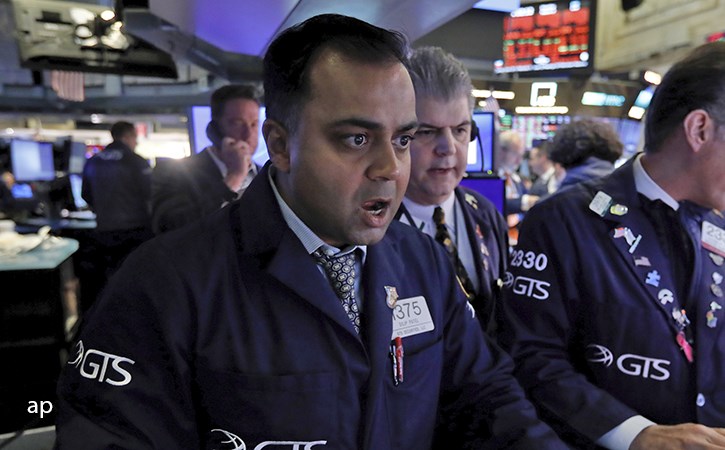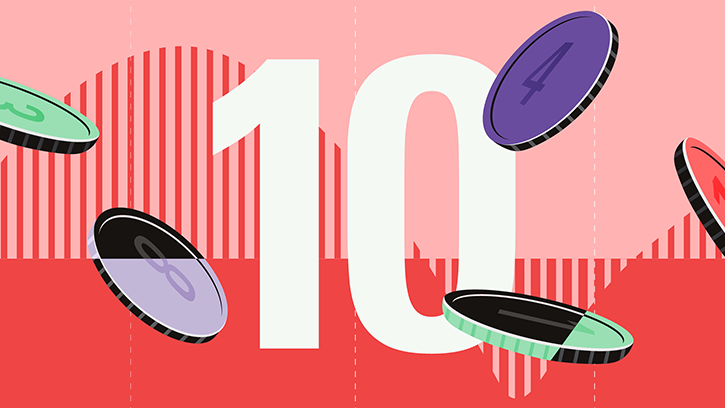
There is much talk about GameStop, Tesla, and [enter your favourite speculative stock here] at the moment. But do these types of stocks really belong in your portfolio? Can you have a reliable portfolio that will allow you to reach your long-term goals while still investing in speculative names like these?
John Rekenthaler, Morningstar’s director of research, defines an investment as “an expenditure that can reasonably be determined to have a positive expected return", whereas speculation “occurs when the return is too uncertain to be estimated, or if the estimate can be made, but is negative".
At Morningstar, we think it is important to differentiate between speculating and investing. We generally emphasise the importance of diversified, low-cost, long-term investing, because that’s the surest way to accumulate wealth over time. But even we have to admit that there may be room in a portfolio for speculative investments that have the potential to generate extraordinary returns.
This is where “mad money” comes in.
What is Mad Money?
Simply put, mad money is a small portion of your portfolio that you choose to invest in more speculative but potentially high-returning investments - and, crucially, it’s money you can afford to lose.
The temptation of quick and large financial gains is difficult to resist, and mad money can possibly scratch this itch. We suggest limiting your portfolio’s mad money investments to only 5% or 10%, because you don’t want to jeopardise your long-term goals with speculation. But with mad money, you can step out of your comfort zone and be more adventurous.
One of the most relevant examples of mad money investments today is GameStop. As has been well-documented, GameStop was heavily shorted by many hedge funds earlier this year, and investors from forums like Reddit decided to bet against the hedge funds, driving up the stock price. The stock was trading around $15 in December 2020, and reached its all-time closing high of $347 by late January. Investors who jumped early on this GameStop train made a fortune.
Another recent example of speculation is the surge behind Bitcoin. In March 2016, Bitcoin priced around $400. Five years later, Bitcoin topped $60,000. Comparing that against the S&P 500’s returns over the same time frame, Bitcoin looks like a too-good-to-be-true investment.
While these success stories might make you want to find the next GameStop or Bitcoin, it is crucial to understand the potential downside of speculation. For example, the day after GameStop hit its record high, the price dropped drastically to $193. Two weeks later, the stock was hovering around $50.
If you joined the GameStop frenzy at the stock’s high, you could have experienced 85% losses in less than a month. A similar narrative holds true for Bitcoin. Indeed, Bitcoin investors haven’t had a worry-free ride. “After dropping about 74% in 2018, the digital currency nearly doubled in price in 2019, and then nearly quadrupled during 2020,” explains Morningstar portfolio strategist Amy Arnott in a recent article.
With this kind of volatility, investors can make a fortune if they invest at the right time. But if they don’t invest at the right time, they may very well lose a large portion of their investment.
Naturally, many of us would like to get rich quickly, especially when we see others become wealthy with one lucky bet. But the fear of missing out can be dangerous in investing. Ultimately, speculative stocks are more like bets and less like investments. As Morningstar’s director of behavioural science Sarah Newcomb says: “Just like you wouldn't take your rent money to Las Vegas, don't put your life savings on the line trying to guess what the herd will do next.” If you want to be adventurous, use mad money that you can afford to lose - and build a well-diversified portfolio with the rest.
This article was written by Keonhee Kim.





























